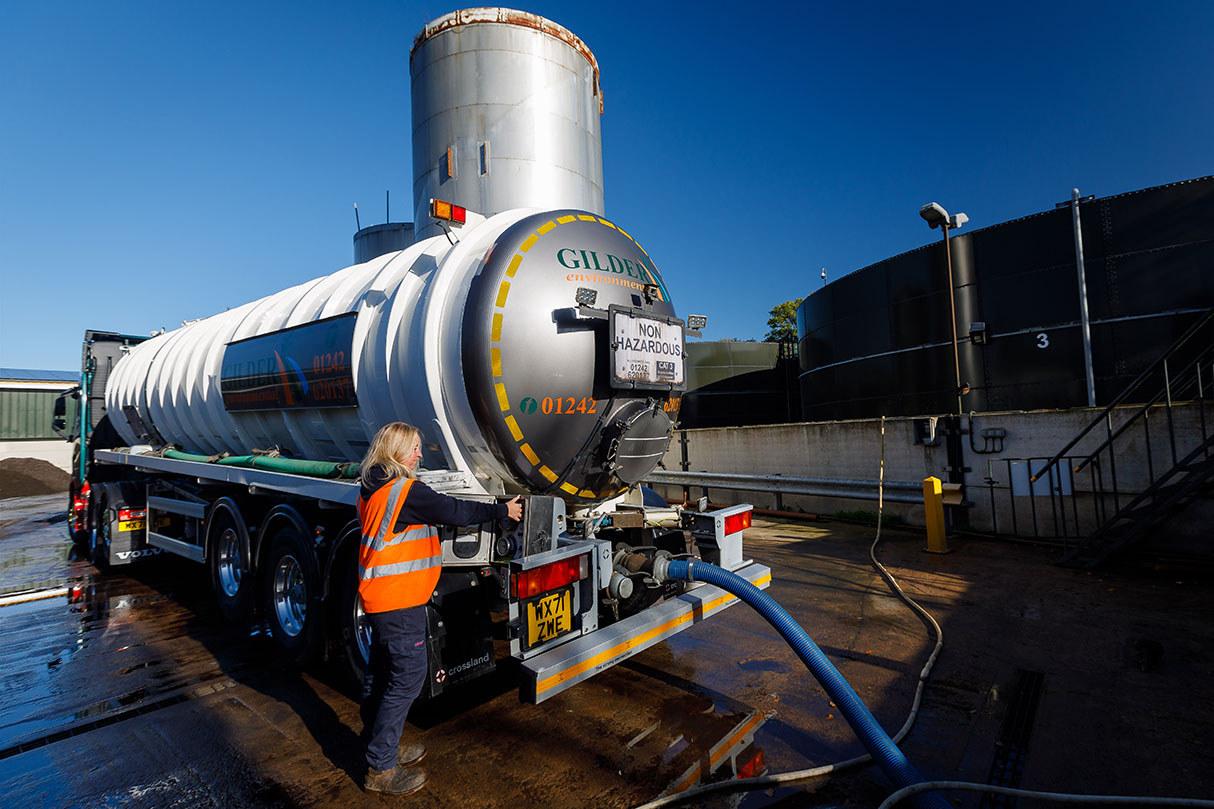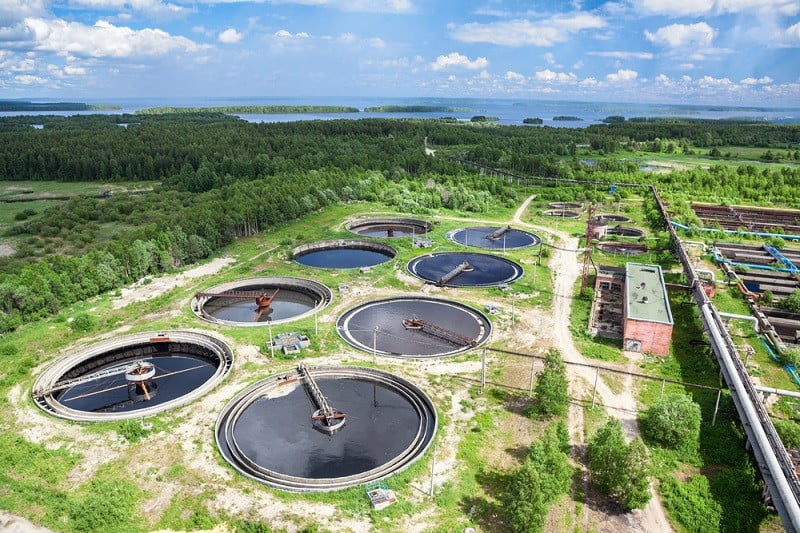Dependable Liquid Waste Disposal Melbourne: Safe and Reliable Providers
Dependable Liquid Waste Disposal Melbourne: Safe and Reliable Providers
Blog Article
Exactly How Liquid Garbage Disposal Works: A Comprehensive Summary of Techniques and Technologies Employed

Summary of Liquid Waste Kind
The intricacy of liquid waste types demands a detailed understanding of their attributes and implications for disposal. Liquid waste can generally be categorized into numerous kinds, consisting of industrial, metropolitan, agricultural, and unsafe waste. Each category exhibits distinctive buildings, calling for details administration techniques to minimize ecological and wellness dangers.
Industrial fluid waste stems from manufacturing processes and usually includes a series of impurities, such as hefty metals, solvents, and natural substances. Community fluid waste, mainly comprising wastewater from households and industrial facilities, contains natural matter, nutrients, and virus (industrial wastewater treatment). Agricultural fluid waste, including drainage from ranches, may consist of plant foods, chemicals, and pet waste, positioning risks to water quality and ecological communities
Harmful liquid waste is characterized by its toxicity, sensitivity, or possible to create damage. This classification consists of materials like acids, bases, and specific chemicals that require strict handling and disposal methods. Understanding these varied fluid waste types is critical for developing effective disposal methods and ensuring conformity with ecological guidelines. Proper category and characterization are important for carrying out appropriate therapy methods and lessening the unfavorable effects on public health and wellness and the atmosphere.
Physical Therapy Methods

Testing is the initial step, where bigger fragments and particles are eliminated from the fluid waste utilizing screens or grates. This process secures downstream devices from damage and ensures smoother operation. Complying with screening, sedimentation utilizes gravitational force to different solids from fluids. In sedimentation tanks, much heavier fragments clear up near the bottom, creating a sludge layer, while the clarified fluid can be additional dealt with.
Purification is another important method that involves passing the liquid with permeable materials, such as sand or membrane layers, to catch smaller particles. This action enhances the quality of the liquid, making it ideal for subsequent treatment procedures.

Chemical Treatment Methods
Chemical therapy methods are crucial for successfully handling fluid waste, specifically in attending to dissolved and colloidal pollutants that physical techniques might not sufficiently eliminate. These strategies utilize various chemical representatives to neutralize, speed up, or change harmful materials right into much less damaging kinds.
One usual approach is coagulation and flocculation, where chemicals such as alum or ferric chloride are added to advertise the gathering of suspended particles. This process boosts sedimentation, enabling much easier elimination of the resulting sludge. In addition, oxidation processes, employing representatives like chlorine or ozone, are employed to damage down intricate organic substances and virus, making the waste more secure for discharge or additional treatment.
Neutralization is an additional crucial method, which adjusts the pH of acidic or alkaline waste streams to neutral degrees, avoiding prospective harm to downstream systems and the setting. Moreover, progressed oxidation procedures (AOPs) use mixes of oxidants and ultraviolet light to weaken consistent pollutants, accomplishing a greater level of therapy efficiency.
Biological Treatment Procedures
Biological therapy procedures play a critical role in the administration of liquid waste by using bacteria image source to disintegrate raw material and decrease impurity degrees. These processes can be extensively categorized right into anaerobic and cardiovascular therapies, each employing details microbial neighborhoods to accomplish efficient waste destruction.
Cardiovascular therapy involves making use of oxygen to promote the failure of natural materials by microorganisms. This process is generally implemented in activated sludge systems, where aeration tanks supply a conducive atmosphere for microbial development, resulting in the oxidation of natural toxins. The resultant biomass can be divided from treated effluent via sedimentation.
In contrast, anaerobic treatment Get More Information occurs in the absence of oxygen, depending on different microorganisms to break down organic issue. This approach is specifically advantageous for high-strength waste, as it generates biogas, a renewable power resource, while reducing sludge manufacturing. Technologies such as anaerobic digesters are frequently utilized in metropolitan and industrial applications.
Both cardiovascular and anaerobic biological therapies not just reduce the environmental impact of liquid waste but additionally promote resource recovery, making them vital components of lasting waste monitoring approaches. Their efficiency, adaptability, and effectiveness support their extensive implementation throughout various fields.
Arising Technologies in Disposal
Ingenious strategies to fluid waste disposal are swiftly evolving, driven by advancements in innovation and an enhancing emphasis on sustainability. Among these emerging technologies, membrane bioreactors (MBRs) have obtained grip for their ability to integrate biological treatment with membrane filtration, leading to top quality effluent that can be reused in different applications. MBRs allow smaller sized impacts and extra reliable procedures contrasted to typical systems.
An additional encouraging growth is the use of anaerobic digestion combined with nutrient recovery technologies, which not just deals with fluid waste yet additionally creates biogas and recuperates useful nutrients like nitrogen and phosphorus. This double advantage improves resource efficiency and reduces ecological influence.
In addition, progressed oxidation processes (AOPs) are being adopted for the degradation of complex natural contaminants. These techniques utilize powerful oxidants and stimulants to damage down impurities at the molecular degree, using an extremely effective remedy for tough waste streams.
Additionally, the combination of artificial knowledge and equipment understanding in waste management systems is maximizing functional performance and predictive maintenance, bring about lowered expenses and improved ecological compliance. These technologies mirror a considerable shift in the direction of more effective and lasting liquid garbage disposal practices.
Verdict
Finally, effective fluid waste disposal requires an extensive understanding of numerous techniques and modern technologies. The assimilation of physical, chemical, and organic treatment approaches makes sure the efficient administration of varied waste types. In addition, the development of cutting-edge technologies boosts treatment effectiveness and advertises sustainability in waste management methods. By continuously advancing these techniques, it becomes possible to resolve the growing difficulties connected with liquid waste, eventually adding to ecological protection and resource recuperation.
Liquid waste disposal is a vital facet of ecological monitoring, calling for a comprehensive understanding of various techniques and technologies tailored to different waste types. Liquid waste can broadly be categorized into several kinds, including industrial, metropolitan, farming, and unsafe waste. Agricultural liquid waste, consisting of drainage from ranches, might consist of plant foods, pesticides, and animal Source waste, positioning dangers to water quality and environments.
Different physical treatment methods play a crucial role in managing fluid waste efficiently - industrial wastewater treatment.In conclusion, effective fluid waste disposal demands a detailed understanding of different techniques and technologies
Report this page